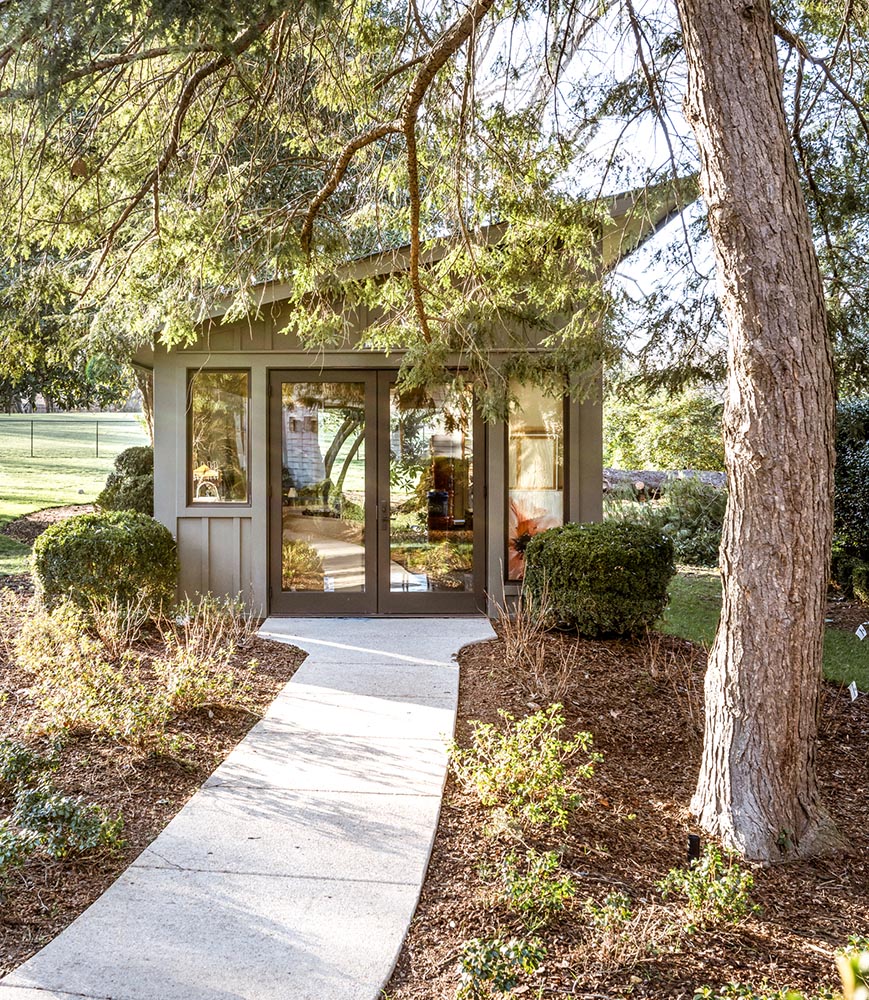The Air You Breathe In Your Home
Just as the human body has a respiratory system, a house has specialized equipment to bring fresh air inside, filter it, distribute and ‘exhale’ it. The respiratory equipment in a house is often referred to as “HVAC,” for “heating, ventilating and air conditioning.”
As homebuilding has become more sophisticated, so have HVAC systems. From the days of a single source of heat, such as a woodstove, this vital function has expanded to include a variety of components that deliver and improve indoor comfort, air quality, and energy efficiency. Which system is appropriate depends on factors such as climate, square footage, house design and construction methods, budget, fuel sources, and personal preferences. The wide range of options gives the professional builder an opportunity to create exactly the best HVAC system for each home.
To help builders and owners evaluate the choices, HVAC products and systems are rated by their energy efficiency so that energy use and cost can be reduced. For example, the better a particular furnace may be in recovering, filtering, and reusing the conditioned (heated) air that it produces, the less fuel it needs to condition new air coming into the system. Today’s top-of-the-line systems achieve 90 percent or more efficiency in this regard.
Using high-performance equipment, a builder can design an HVAC system to heat, cool, and ventilate specific zones of the house. Even in the best-built and insulated homes, some areas of a house will be warmer or cooler than others according to the time of year or time of day. This is especially true in homes with multiple levels and large open spaces. A “zoned” approach to HVAC design puts conditioned air only where it is needed. With a delivery system composed of a customized network of air ducts, programmable thermostats, and additional equipment as required, a home will have no hot spots or cold corners regardless of season.
Of course, like any system in a home (or the human body), the HVAC system does not work alone. To be truly effective, each system requires a well-designed and constructed structural shell, together with regular maintenance, to maintain the desired performance. Optimum performance of any HVAC system requires insulated windows, insulated framing cavities in the walls, floors, and ceilings. In addition, a properly installed air barrier membrane wrapping the outside of the structural shell helps complete the package. In some cases, a well-built home enables the use of smaller and less expensive HVAC components.
A good HVAC system is essential to the comfort of any new home, contributing in large part to the satisfaction of the owner. As professional homebuilders, we are conscious of our responsibility to design and install HVAC systems that deliver consistent indoor comfort while using as little energy as possible.

